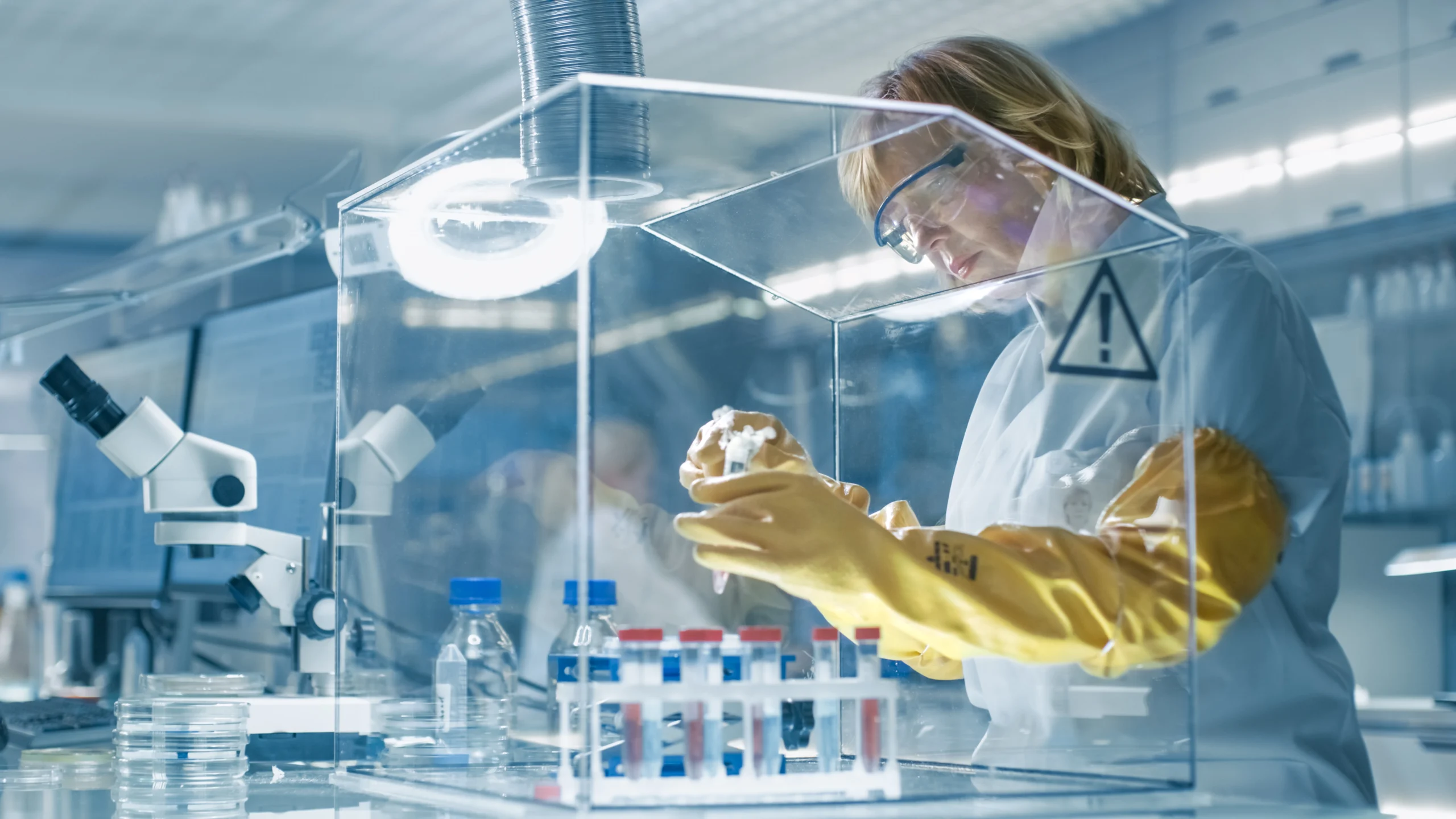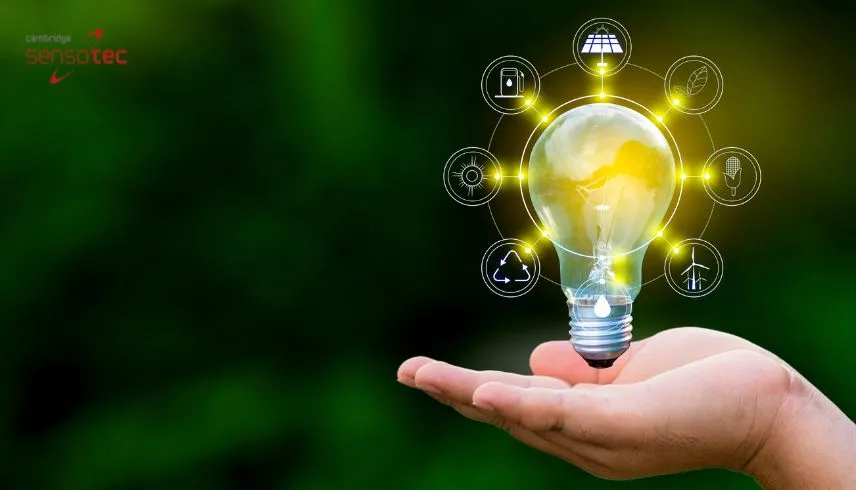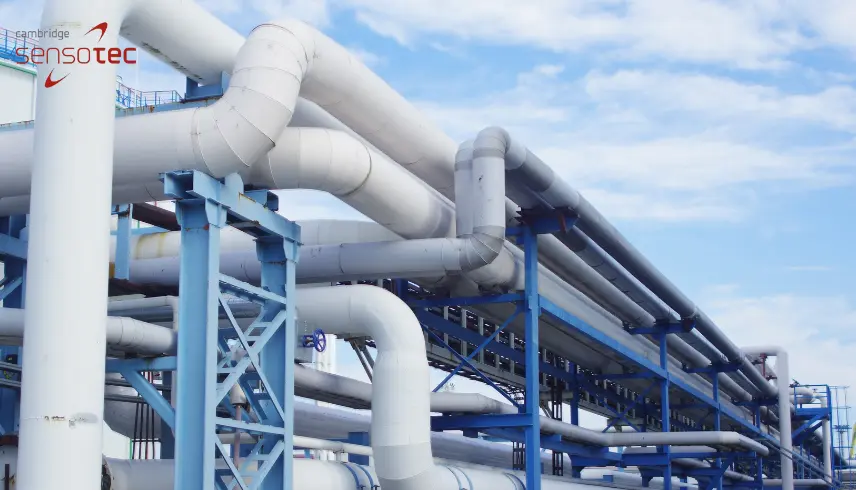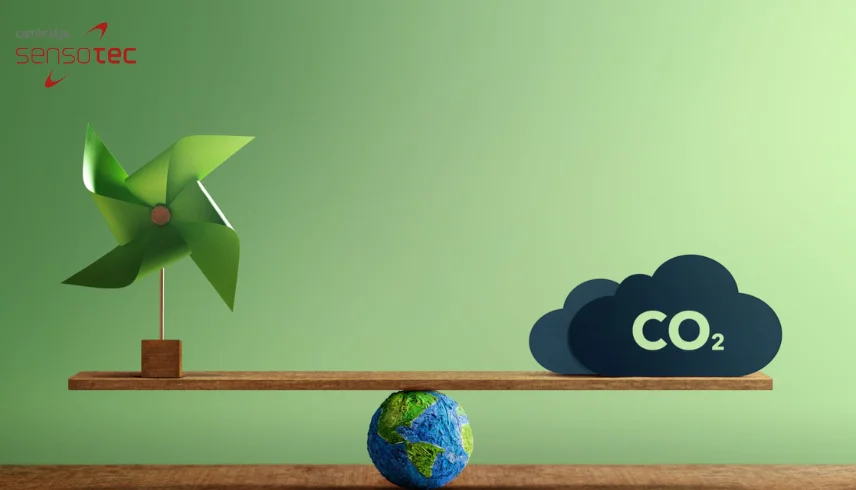

Gas Analysis in Renewable Energy Development
Introduction to Gas Analysis and Renewable Energy
The world stands on the precipice of an energy revolution. As we stride forward, the interplay between gas analysis and the burgeoning renewable energy sector is becoming ever more pronounced. This article delves deep into why gas analysis is essential, how it’s performed, and the integral role Cambridge Sensotec plays in this domain.
The significance of gas analysis
At its core, gas analysis is about understanding what’s in the air. It can tell us the composition of gases, the presence of impurities, and much more. In industries from healthcare to aerospace, knowing the specifics of gases is paramount.
The rise of renewable energy: A brief overview
Renewable energy is no longer the future – it’s the present. With wind, solar, and biogas systems seeing exponential growth, the quest for cleaner energy is reshaping the global landscape.
Why Gas Analysis is Crucial for Renewable Energy Development
The renewable energy sector’s very nature means it frequently interacts with a range of gases – from those generated by systems to those potentially harmful to them.
Ensuring safety and system integrity
Safety is paramount in energy production.
Preventing gas leaks and explosions
Unintended gas emissions can be harmful, both environmentally and operationally. Accurate gas analysis helps prevent these mishaps.
Monitoring gas composition and contaminants
By understanding a gas mixture’s exact composition, operators can ensure system longevity and consistent energy production.
Enhancing energy efficiency
Better gas understanding equates to better performance.
Optimising biogas production
Monitoring gas components in biogas plants can maximise methane production, a primary energy source.
Tailoring gas processing based on its composition
By understanding a gas’s makeup, operators can tailor processes for optimal efficiency and output.
Regulatory and compliance requirements
With global attention on green energy, regulatory standards have tightened.
International renewable energy standards
Compliance isn’t just about legality; it’s about commitment to a cleaner world.
Benefits of proactive compliance
By exceeding standards, organisations can boost their reputation and demonstrate industry leadership.
Types of Gases Analysed in Renewable Energy Systems
The diversity in renewable energy sources brings about a diverse range of gases to analyse.
Biogas and biomethane
Derived from organic matter, biogas is a renewable energy superstar.
Main constituents and impurities
Methane, carbon dioxide, and traces of other gases form biogas. Knowing exact percentages is essential for efficient energy extraction.
The role of siloxanes and other contaminants
Siloxanes can damage equipment. Their early detection and removal can save substantial costs.
Hydrogen for fuel cells
This lightweight gas holds vast energy potential.
Purity levels and their importance
For fuel cells, hydrogen purity impacts performance. A slight contamination can alter efficiency.
Monitoring contaminants for efficient fuel cell operation
Regular analysis ensures fuel cells work at peak performance.
Other gases in wind and solar energy storage
Even non-gas renewables like wind and solar interact with gases, especially in energy storage scenarios.
Methods and Technologies for Gas Analysis
Gas analysis isn’t a one-size-fits-all endeavour. Different gases and applications require varied techniques.
Spectroscopy techniques
Harnessing light to decode gases.
Infrared (IR) spectroscopy
A popular method, IR spectroscopy identifies gases based on their interaction with infrared light.
Tunable diode laser absorption spectroscopy (TDLAS)
A more advanced technique, TDLAS offers high sensitivity and precision in gas detection.
Chromatographic techniques
Separating gases to understand them better.
Gas chromatography (GC)
GC is a staple in labs, providing detailed gas profiles.
High-performance liquid chromatography (HPLC)
Though used less for gases, HPLC is invaluable for specific analysis scenarios.
Sensor-based methods
Direct, onsite gas insights.
Electrochemical sensors
Offering real-time data, these sensors are vital for many industrial applications.
Semiconductor gas sensors
Compact and efficient, semiconductor sensors are on the rise, especially in portable applications.
The Role of Cambridge Sensotec in Renewable Energy Gas Analysis
Cambridge Sensotec isn’t just a spectator in this narrative; they’re a protagonist.
Products and solutions offered
Cambridge Sensotec offers a range of solutions tailored for renewable energy applications.
Rapidox gas analysers
A benchmark in accuracy and reliability, Rapidox analysers stand out in the market.
Calibration and maintenance services
Beyond products, Cambridge Sensotec ensures they stay in peak condition, maximising their lifespan and accuracy.
Case studies and success stories
From biogas plants in Germany to wind farms in Scotland, Cambridge Sensotec’s footprint is global and growing.
The future of gas analysis: Cambridge Sensotec’s vision
Innovation is at the heart of Cambridge Sensotec, and they’re continually pushing the boundaries of what’s possible in gas analysis.
Challenges and Opportunities in Gas Analysis for Renewable Energy
Every revolution has its challenges, and renewable energy is no exception.
Addressing the dynamic nature of renewable energy gases
Renewable energy sources evolve, and so do their associated gases. Staying ahead requires foresight.
Overcoming environmental and logistical challenges
From remote wind farms to bustling biogas facilities, diverse environments pose unique challenges.
The potential for AI and machine learning in gas analysis
Imagine a world where gas analysers auto-calibrate or predict potential issues. With AI, this isn’t sci-fi; it’s the near future.
The Synergy of Gas Analysis and Sustainable Energy Development
Gas analysis and renewable energy are symbiotic. As we drive towards a greener future, the role of companies like Cambridge Sensotec and the importance of precise gas analysis will only amplify. It’s a journey of discovery, innovation, and hope for a cleaner, brighter future.


